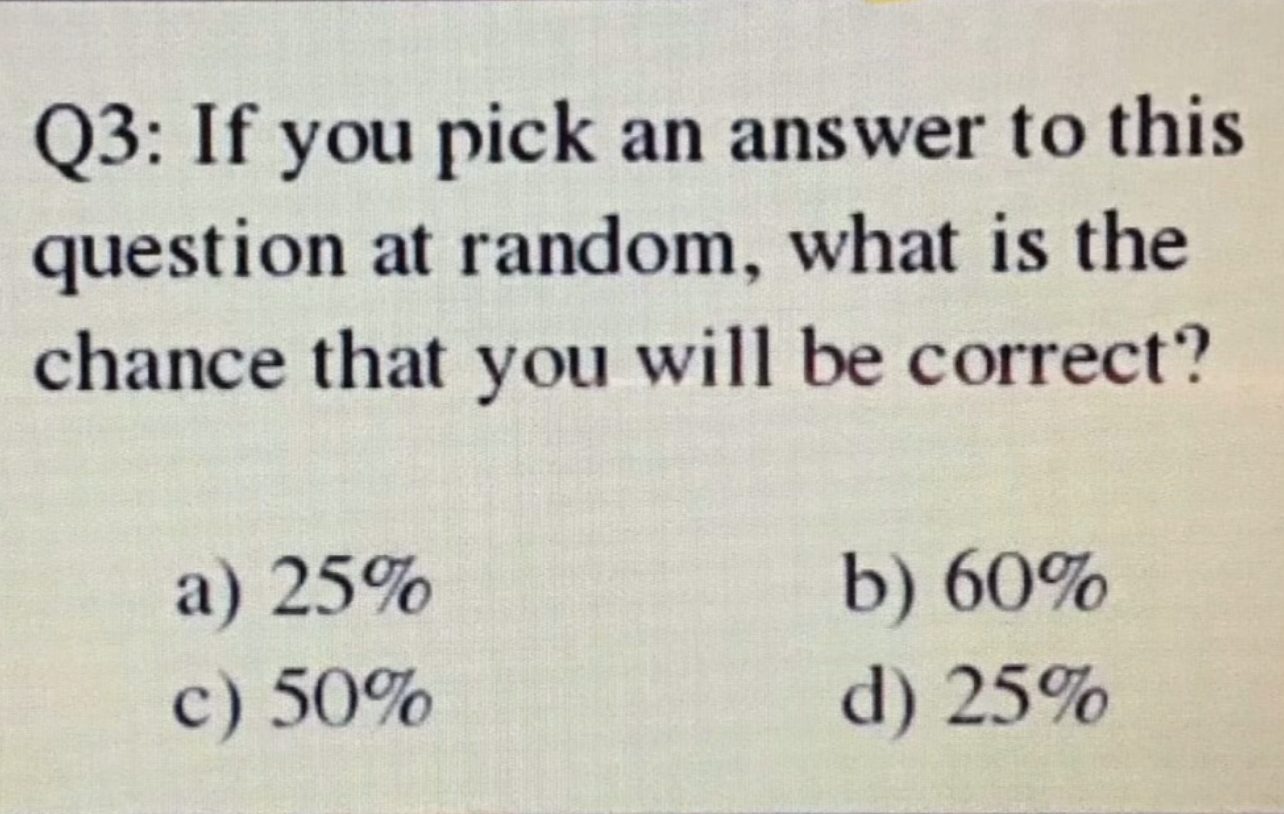B.
This is a multiple choice test. Once you eliminate three answers, you pick the fourth answer and move on to the next question. It can't be A, C, or D, for reasons that I understand. There's a non-zero chance that it's B for a reason that I don't understand.
If there is no correct answer, then there's no point hemming and hawing about it.
B. Final answer.


